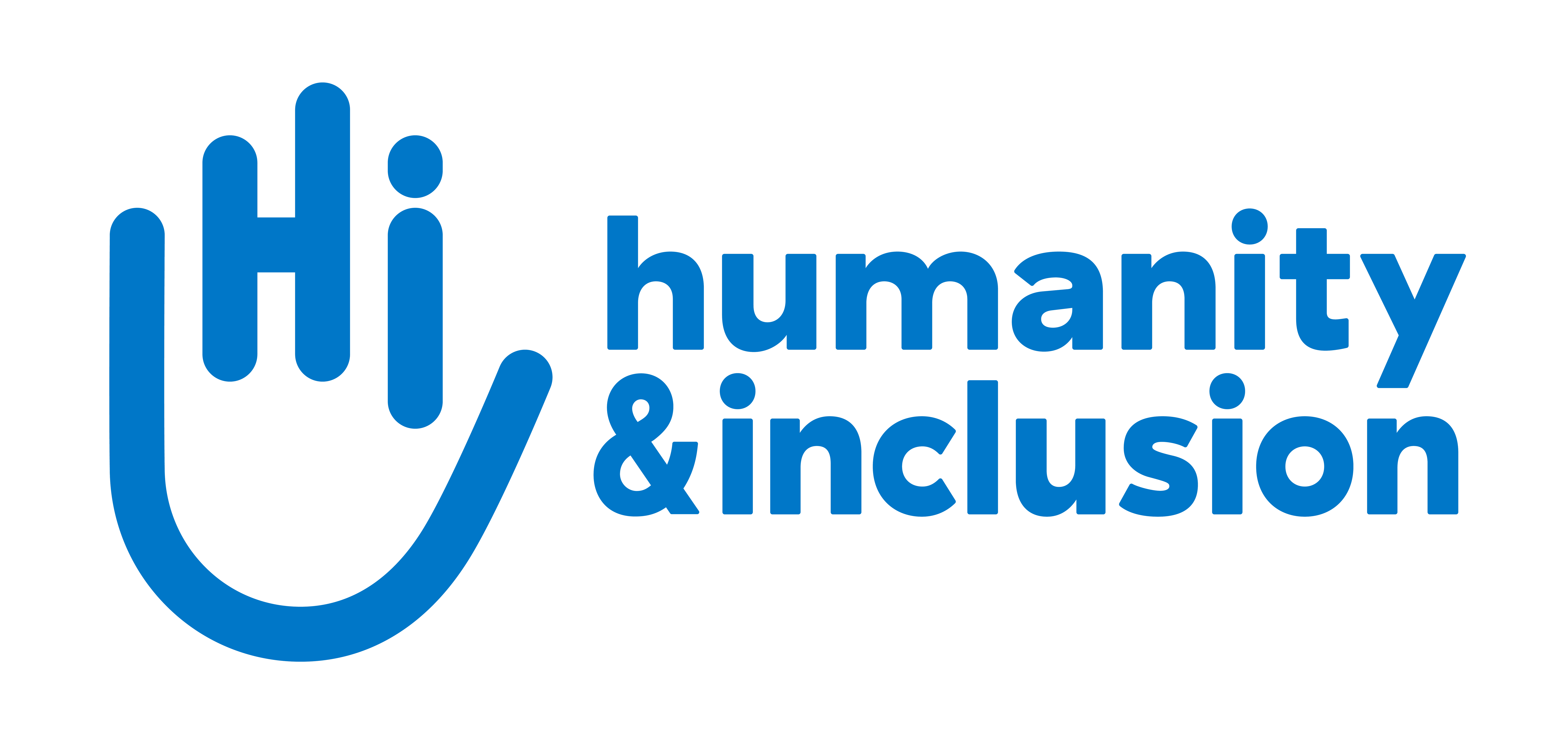“Emergency: helping distribute humanitarian aid”
More than 600,000 Rohingya have fled to Bangladesh since 25 August from neighbouring Myanmar. Handicap International is implementing emergency actions to assist these refugees, who are utterly destitute. Logistics platform coordinator Emmanuel Pajot arrived in the field two weeks ago to address the related logistics and emergency distribution problems. Below, he describes the complexity of the humanitarian situation.

Handicap International’s equipped van and seven mobile teams visit refugees to provide them with rehabilitation and psychological care and information on existing services. | © R. Dejito/Handicap International
“A megacamp”
“More than 500,000 people now live in Kutupalong camp - we call it the ‘megacamp’ because of its size - in the southwest of Cox’s Bazar. It has existed since the 1980s and was already home to 300,000 refugees. Since late August, it has taken in more than 200,000 new arrivals, who shelter where they can. They find it very hard to access aid and transport. Recent arrivals live furthest from the roads – sometimes several kilometres from the main road. And nowhere has been allocated for the distribution of humanitarian aid inside this vast camp.
How is aid distributed?
“Some people are mobile and can travel to a distribution point, most often at the roadside, but others can’t, because of their age or physical abilities, and so on. And some people are scared of getting lost. The tents are identical, and there’s no plan or signs, so there’s a real risk that you won’t find your shelter among the 600,000 others.
Storage area and packaging
“Handicap International’s Atlas Logistique project has set up two spaces, several hundred square metres in size, one close to the megacamp of Kutupalang (600,000 refugees), the other a kilometre from the entrance to Unchiprang camp (30,000 refugees), with the aim of storing and packaging humanitarian goods for beneficiaries. Handicap International will transport humanitarian items and products by road so that refugees can access them.
Why packaging?
“Few NGOs currently have the right to import goods. They buy products in Bangladesh, which they put into kits to make it less complicated to hand out. Handicap International’s service will make it much easier for NGOs to distribute emergency assistance.”
Managing latrine waste in UchinpranRefugees have to cope with appalling sanitary conditions. In Huchinpran camp, where 30,000 refugees currently live, no provision has been made to manage the discharge of waste-water from latrines. Blackwater spreads over the ground and into rivers from which families draw their water. Once a latrine - very often constructed in a hurry - is full, another is built, despite a shortage of space. Spreading areas are needed, but for the time being, NGOs don’t have the backing of the authorities to implement these technical solutions. |





